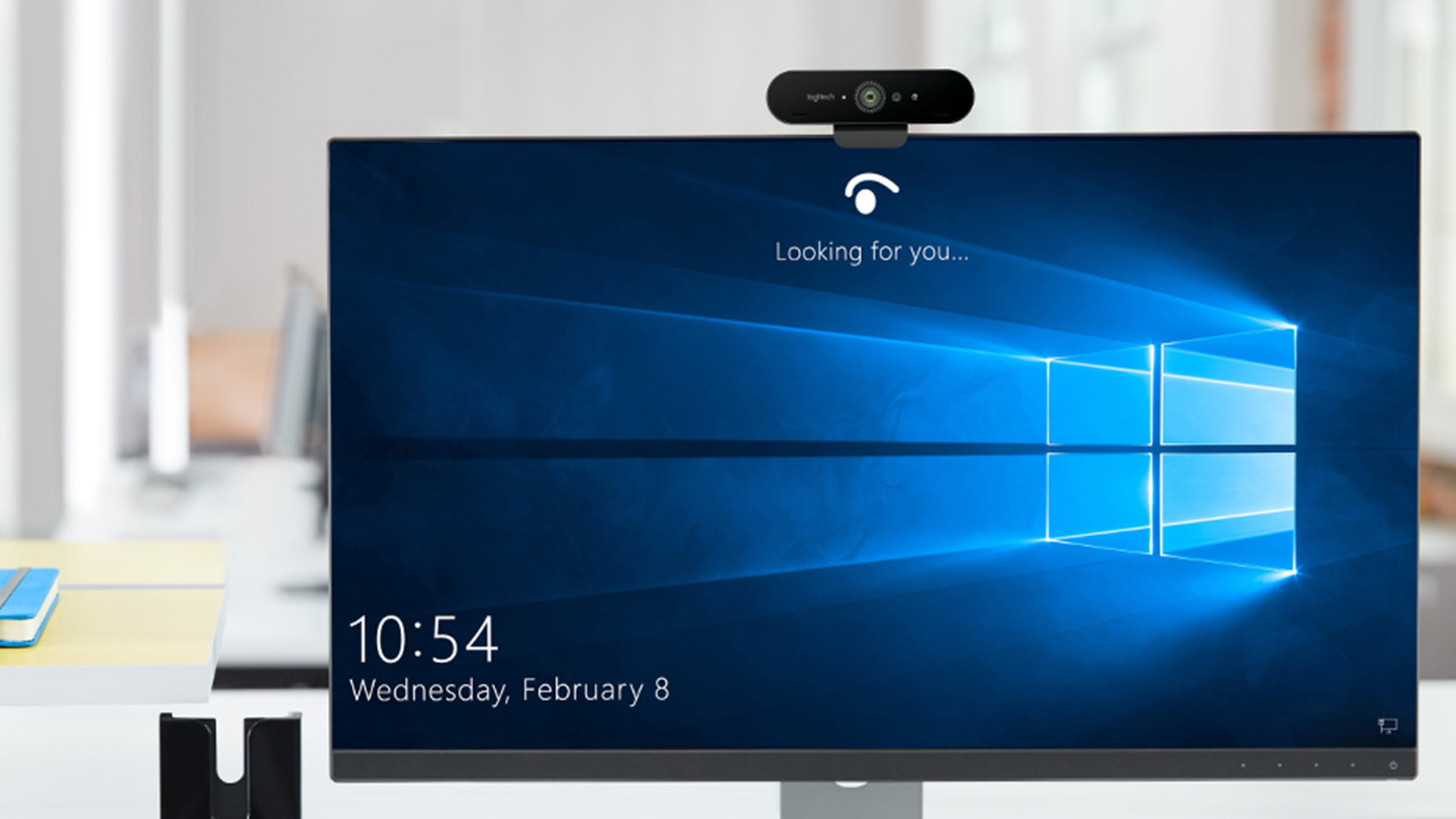What to Know About Buying a Webcam
By buying a webcam, teachers can make lessons more digitally immersive

Perhaps you're considering buying a webcam as a teacher and are not sure on what to consider. This guide aims to help clarify everything you need to look for before committing to buying a webcam.
You may also want to check out the best webcams for schools guide, to find specific models, but reading this first can help you know what you want and need before doing that.
While a webcam is useful for a video chat, it can offer more in-depth uses when teaching. If you want to show your face as you go over a particular bit of digital guidance, the right webcam can help. It also can provide more engaging video for students to follow, with your recognizable face there to guide them through the lesson.
That in mind, you'll want to make sure which ever model you choose serves you best not only in terms of quality but also compatibility and adaptability. This guide lays that all out below.
You may also want to consider the best document cameras for teachers, which can help with more hands-on specific video recording and live streaming needs.

Image quality
When it comes to clarity of image, you're going to want the best possible so that students can see you clearly. That means a few factors need to be taken into consideration, the main one being resolution.
The camera resolution denotes how many pixels are recorded and displayed. If this is high enough, students will get a clear view of you, and all the details of your facial expressions, and can also scale that up, if necessary. You may want this on a large screen, for example, and having a high resolution ensures it can be scaled up without losing quality.
Tools and ideas to transform education. Sign up below.
As a minimum you will want 1920 x 1080 resolution. For top-notch future-proofing, however, a 4K UHD resolution is ideal.
Another factor is the contrast, by which a smarter camera with HDR will be able to show the difference between light and dark more clearly. Again, this can mean a far clearer image in which your expressions are more succinct thanks to a camera that captures this much detail.
Build and design
While some webcams come with a stand, others have attachments that suit laptops and other devices. To ensure the most versatility, you'll want to consider an option with a maneuverable mount.
The standard webcam mount, as shown below, should clip to a screen easily so that you can be looking at the screen while talking and recording. It's worth noting that some are made for larger and thicker monitors and others for laptop screens, with a few working across both. Note which you will need and keep an eye on what you're buying to ensure it easily attaches where you need.
Some cameras come with a tripod stand or similar which can be great for placement on a desk, but be aware it might not be straight on when reading from a screen if not tall enough to outreach that. These are useful though if you want to move the camera about, perhaps to show an experiment in class as you talk about it on camera.

Lighting
You can have the best webcam in the world but if the lighting is poor the image quality will still suffer. So it's a good idea to either buy a camera with a light built-in or to factor in investing in a light. Sure, you could use lighting already available but the way an LED ring light spreads the lighting makes for a more professional finish.
Light rings are relatively affordable and come in a variation of sizes, with many also coming with a tripod stand for proper mounting. It might not seem like a necessary investment except the right lighting can make all the difference to the finish.
If you really want the best quality end result, also consider investing in a microphone to ensure your voice is recorded clearly with no echo or background noise.
Check out this best ring lights for teachers to find one of these for your webcam.
Connectivity
Most webcams are very easy to install and have a simple USB connection. But make sure that the devices you plan to use with it are also compatible so that you can simply plug and play to get started.
If you plan to use this with a device that has a different connector -- perhaps directly to a TV or with a smartphone -- then you'll want to consider getting an adapter that will allow you to plug-in and get going right away.
Most webcams run on the power from the USB port so that should not be an issue, although if yours has a built-in light or microphone you may also need external power, or a specific USB output.
Pricing
Pricing does vary across webcam models so you'll want to work out what you need versus what you want and go from there. For instance, it might be more affordable to go for the lower resolution model if you never plan to scale up the output video.
While specs alone may be enough to decide on, it's worth noting that brand name can help here if you want a robust model that is going to last. A lot of no name brands are cropping up online so it's worth taking into consideration that these may not be built to the standard of a known brand.
With all that in mind, check out the best webcams for schools to find the ideal model to suit your needs.
Luke Edwards is a freelance writer and editor with more than two decades of experience covering tech, science, and health. He writes for many publications covering health tech, software and apps, digital teaching tools, VPNs, TV, audio, smart home, antivirus, broadband, smartphones, cars and much more.
